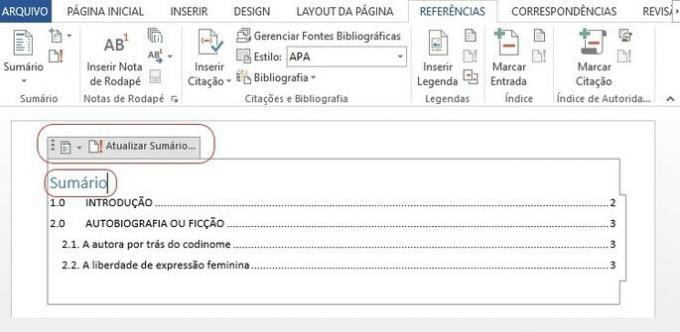Objective and subjective description is how the details and characteristics of something or someone are presented.
While the objective description is done impartially, that is, in an attempt to demonstrate only what is seen in the most realistic way possible, without adding any value judgment, in the subjective description the opinionated aspect is not only contemplated, but highly valued.
The use of the description type depends on the purpose that the author of the description wants to convey, for example, to influence who hears or reads the description.
Examples
Text 1
I don't know if her name is Maria. The girl is quite tall and thin. Black, she has long curly hair down to the middle of her back. Wears glasses and must be between 25 and 30 years old.
Text 2
I don't know if her name is Maria. The girl looks so tall a model. Her curly hair runs down the middle of her back. Her glasses give an intellectual look to this muse who is in her prime. I don't give more than 25 or 30 years to this ebony goddess.
Comparing the above texts, it is possible to see how these two types of description happen in practice.
From this perception, we can highlight the following characteristics that stand out in text 1, whose description is objective, and in text 2, whose description is subjective:
Characteristics of objective description
- objective description
- Direct description, neutral
- Appreciation of impartiality
- Transmission of details accurately
- Use of concrete nouns
- Use of the referential function of language, in a denoting sense
Characteristics of the subjective description
- Emotional interference
- Transmission of personal vision
- Use of many adjectives
- Use of abstract nouns
- Use of the poetic function of language, of connotative sense
Exercise
Practice yourself too! Without mentioning the name of an object, write two texts, one describing it objectively and the other subjectively.
Read to a group of friends and watch the comments. It can be a really fun game!
Read too:
- descriptive text
- Description: understand what it is with examples
- Description: what is it, features, types and how to do it



